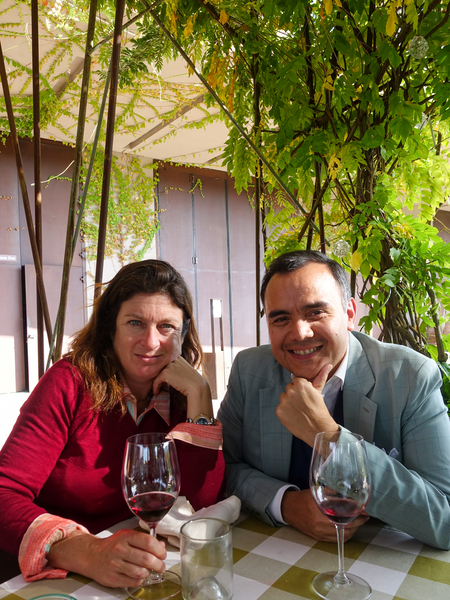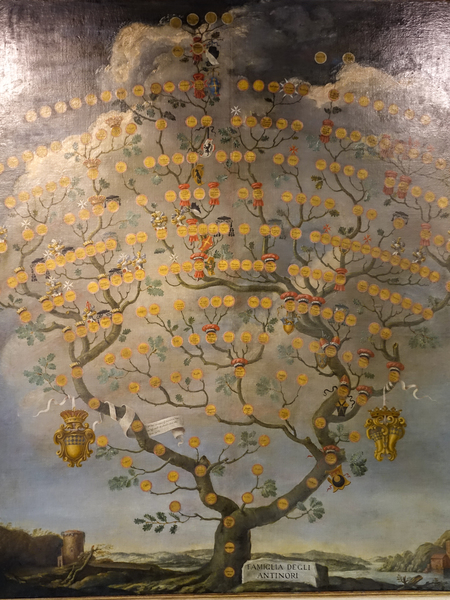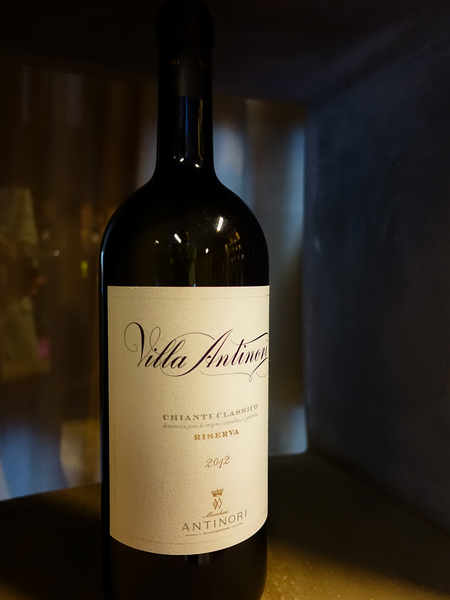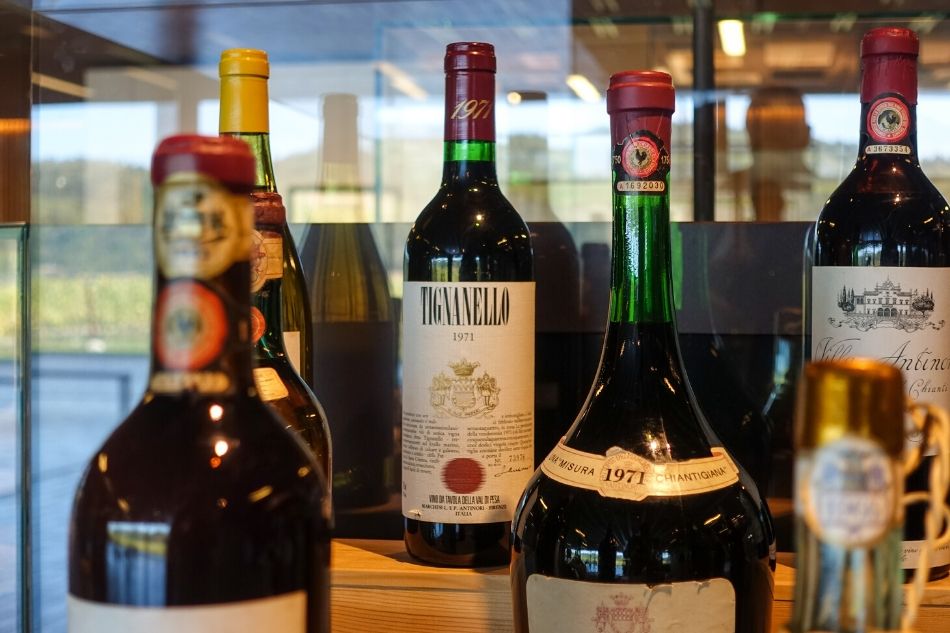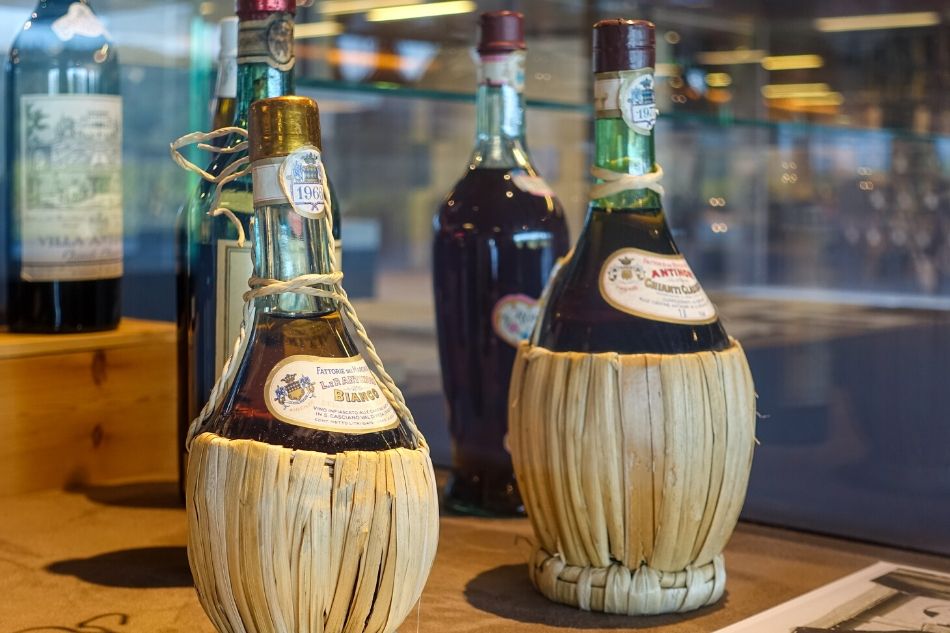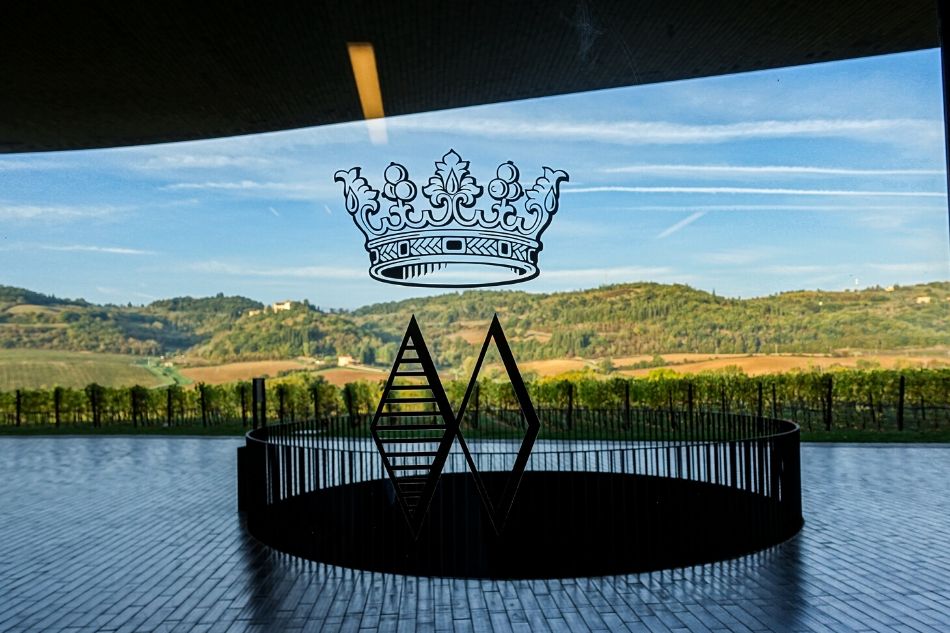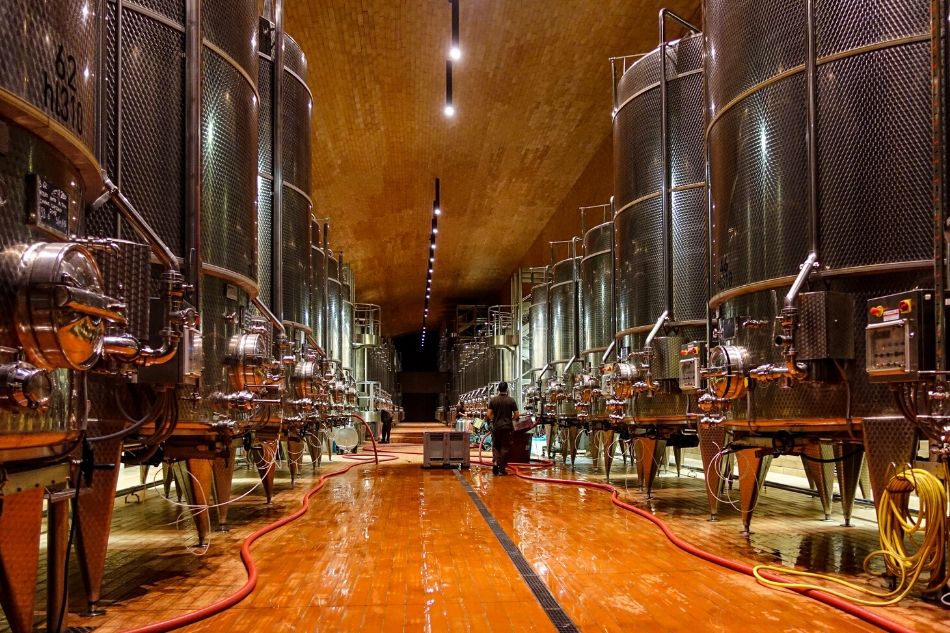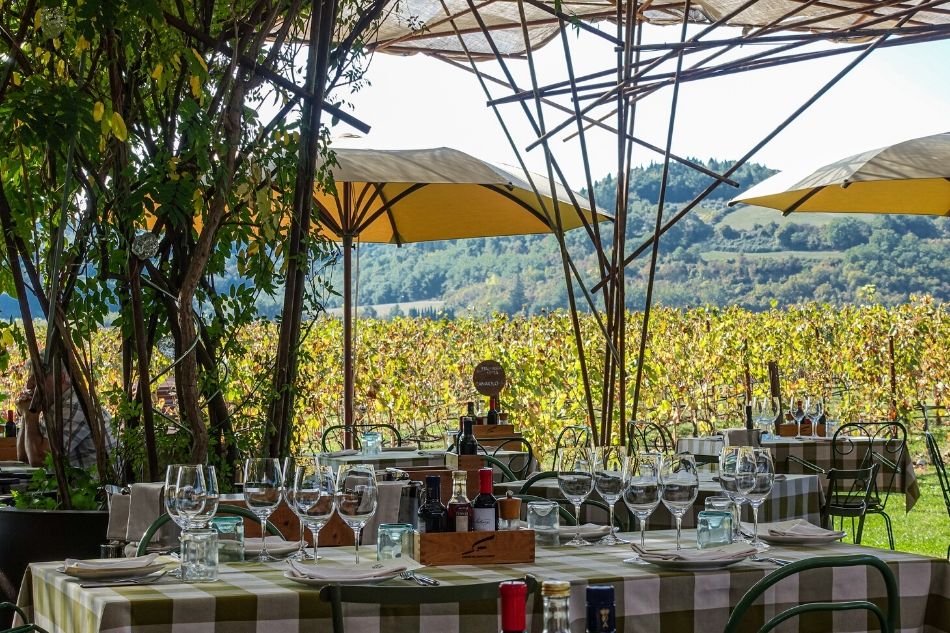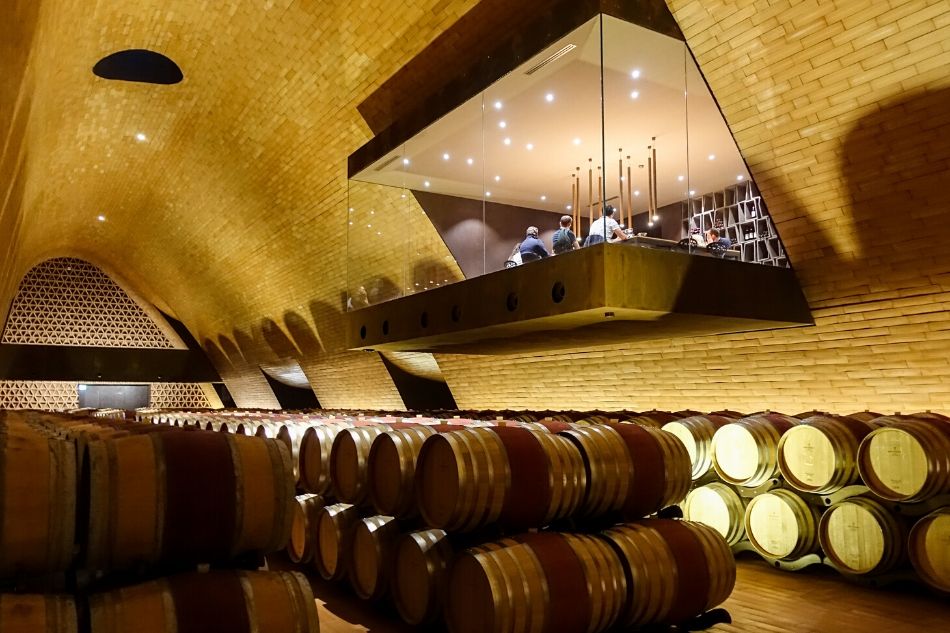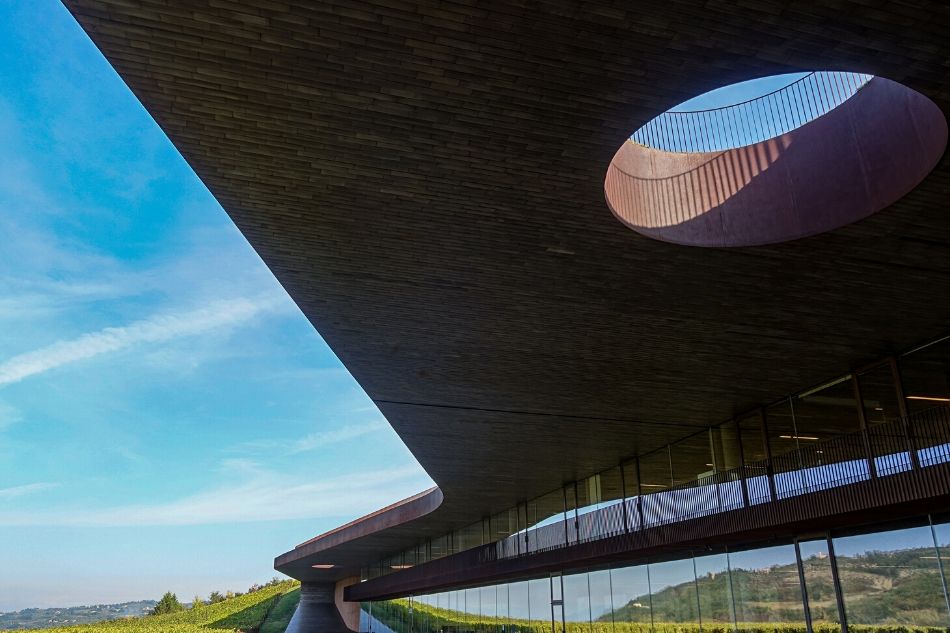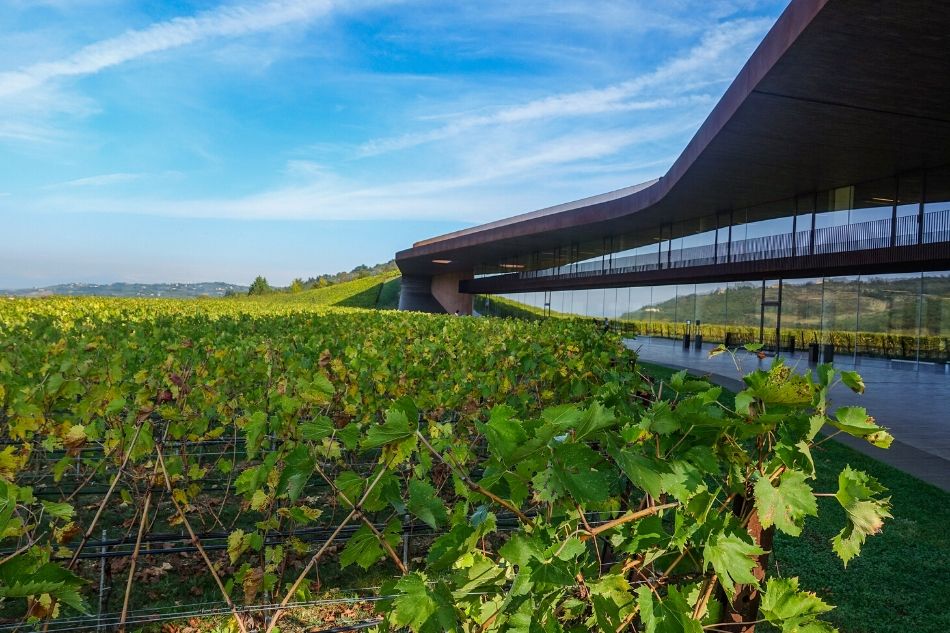This Tuscan winery has an “invisible building” where the roof is a vineyard
ADVERTISEMENT

Welcome, Kapamilya! We use cookies to improve your browsing experience. Continuing to use this site means you agree to our use of cookies. Tell me more!
This Tuscan winery has an “invisible building” where the roof is a vineyard
David Celdran
Published Nov 03, 2019 11:41 AM PHT
|
Updated Dec 17, 2019 05:03 PM PHT
Few wine regions of the world are as beautiful as Tuscany in northern Italy. The story-book landscape of rolling hills crowned by walled towns, vineyards and cypress-lined dust roads has defined the countryside surrounding the great Tuscan cities of Siena and Florence for centuries. This is Chianto Classico country: the historic wine-producing area where the indigenous sangiovese grape is grown and transformed into one of Italy’s most iconic reds — the eponymously named Chianti Classico, a full-blooded Tuscan wine that’s been cultivated since the 13th century.
Few wine regions of the world are as beautiful as Tuscany in northern Italy. The story-book landscape of rolling hills crowned by walled towns, vineyards and cypress-lined dust roads has defined the countryside surrounding the great Tuscan cities of Siena and Florence for centuries. This is Chianto Classico country: the historic wine-producing area where the indigenous sangiovese grape is grown and transformed into one of Italy’s most iconic reds — the eponymously named Chianti Classico, a full-blooded Tuscan wine that’s been cultivated since the 13th century.
No other local family is as entwined with the long history of Chianti Classico as the Antinoris of Tuscany. Currently on its 26th generation, the tenth oldest family owned company in the world continues to produce some of Italy’s most highly regarded Chianti Classico, including a superior selection of so-called Super Tuscans like Tignanello and Solaia. The family which still carries the noble title of marchesi is largely responsible for single-handedly reviving the prestige of Tuscan wines and viticulture after the local variety fell from grace in the second half of the last century—and I’ve booked an appointment with the Marchesa Allegra Antinori, one of the female heirs of the current patriarch, Piero Antinori, in their new winery in Chianti Classico. I aim to understand how the family’s connection to their land, and passion for good food and drink, have given the world some of the best Italian wines ever made.
No other local family is as entwined with the long history of Chianti Classico as the Antinoris of Tuscany. Currently on its 26th generation, the tenth oldest family owned company in the world continues to produce some of Italy’s most highly regarded Chianti Classico, including a superior selection of so-called Super Tuscans like Tignanello and Solaia. The family which still carries the noble title of marchesi is largely responsible for single-handedly reviving the prestige of Tuscan wines and viticulture after the local variety fell from grace in the second half of the last century—and I’ve booked an appointment with the Marchesa Allegra Antinori, one of the female heirs of the current patriarch, Piero Antinori, in their new winery in Chianti Classico. I aim to understand how the family’s connection to their land, and passion for good food and drink, have given the world some of the best Italian wines ever made.
You may also like:
You may also like:
ADVERTISEMENT
Though Allegra and her two sisters, Albiera and Alessia, can be credited for expanding the business, she never fails to credit their father, Piero, for his tireless vision. “My father was really the one that really built the company to how it is today. And turned it all around. So he was the one who had a vision. He was really the one that believed that different wines can be made, international wines can be made, better wines can be made. And it became the big moment for Italian wines, but my father was really the first one who had this braveness and the sense of vision.”
Though Allegra and her two sisters, Albiera and Alessia, can be credited for expanding the business, she never fails to credit their father, Piero, for his tireless vision. “My father was really the one that really built the company to how it is today. And turned it all around. So he was the one who had a vision. He was really the one that believed that different wines can be made, international wines can be made, better wines can be made. And it became the big moment for Italian wines, but my father was really the first one who had this braveness and the sense of vision.”
ADVERTISEMENT
Despite Allegra’s food and hospitality business taking off, and the family’s expansive footprint of wine estates all over the world, the 26th generation of Antinoris isn’t about to take it easy and continue to look for ways to further the family’s legacy. “There is a big potential to make maybe another great Italian white wine, maybe in Champagne, maybe somewhere where we want to really take also a lot of our experience but also learn from the other ones also.”
Despite Allegra’s food and hospitality business taking off, and the family’s expansive footprint of wine estates all over the world, the 26th generation of Antinoris isn’t about to take it easy and continue to look for ways to further the family’s legacy. “There is a big potential to make maybe another great Italian white wine, maybe in Champagne, maybe somewhere where we want to really take also a lot of our experience but also learn from the other ones also.”
Click on the arrows for slideshow
Click on the arrows for slideshow
Read More:
anc
ancx
ancx.ph
food and drink
features
ancx featured
tuscan winery
tuscany
wines
Chianti Classico
ADVERTISEMENT
ADVERTISEMENT



